Currency
The Best Micro:bit Alternative-Mbits
August 20, 2021
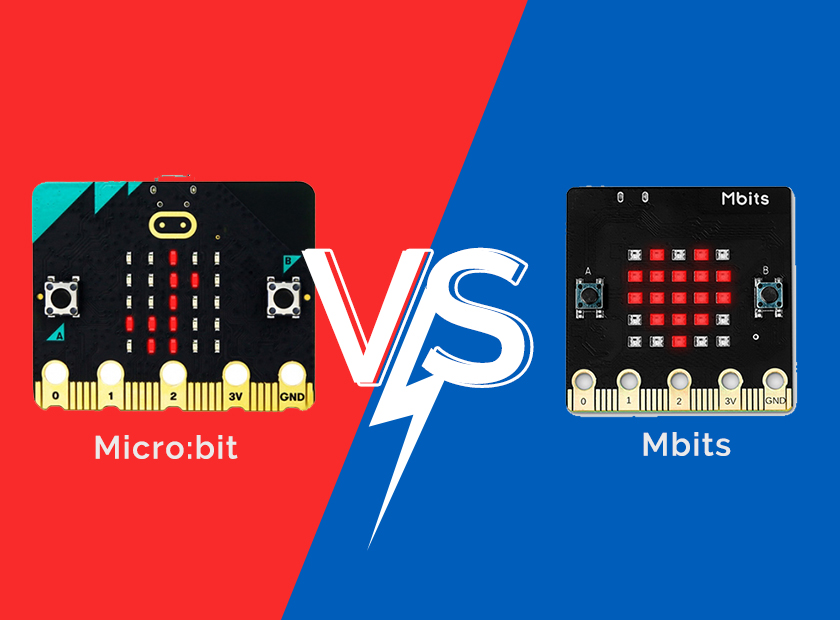
Micro:bit is a friendly electronic board developed by the BBC for teaching electronics, coding and other STEM topics. Mbits is a pocket-sized microcontroller, which not only has many of the same functions as Micro:bit V2, but it is also worth mentioning that Mbits is better than Micro:bit V2 in some functions! Let's see the excellence of Mbits, and use Mbits to DIY two smart devices for fun!

Onboard advantages:Mbits is equipped with 5x5 RGB LED, while Micro:bit is equipped with 5x5 Red LED, which makes it more useful when making projects with Mbits.
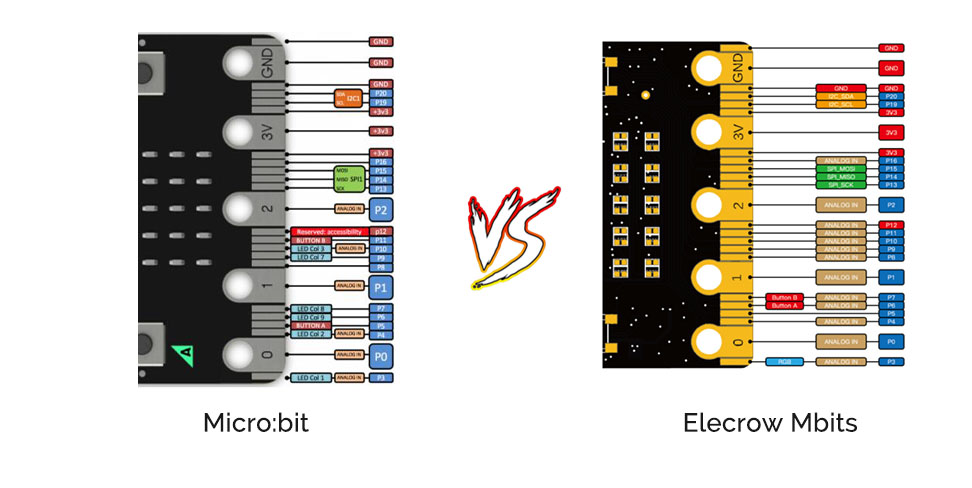
Edge connector advantages:Mbits has a total of 25 pins. 3 dedicated GPIO, ADC,PWM, I2C, SPI and ext.power. 3 ring pins for connecting crocodile clips/banana plugs.
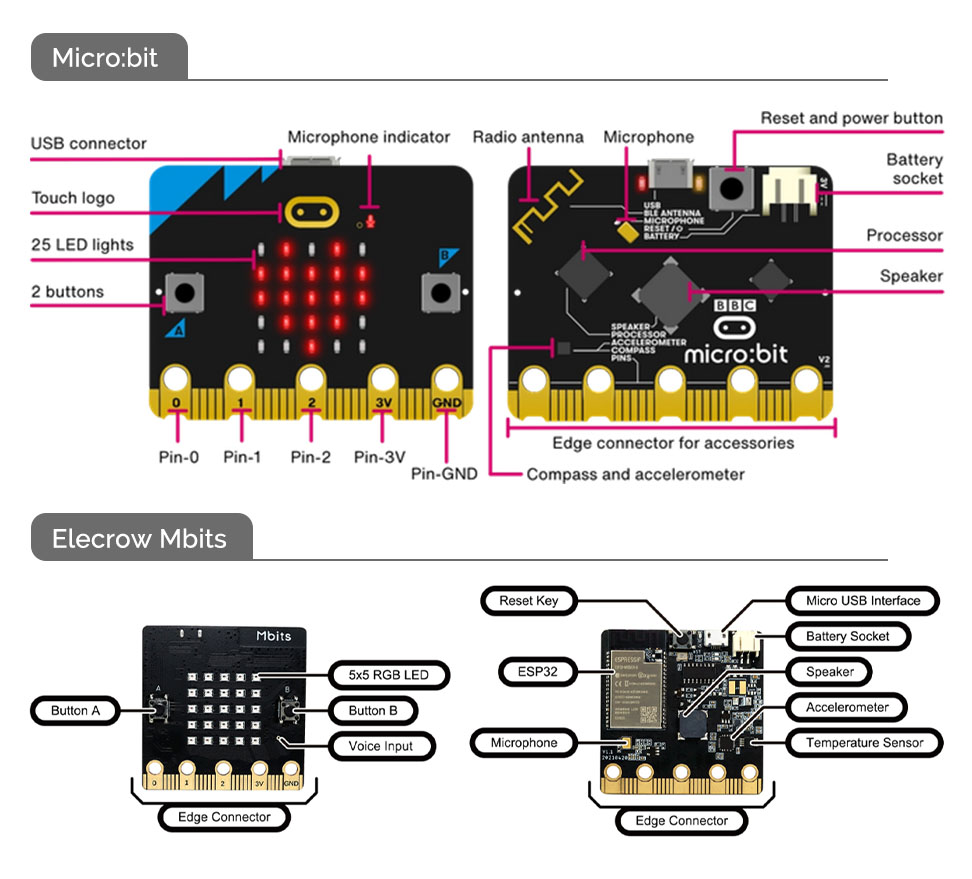
Memory advantages:Mbits supports 4M Flash and 8M RAM, while Micro:bit supports 512KB Flash and 128KB RAM.
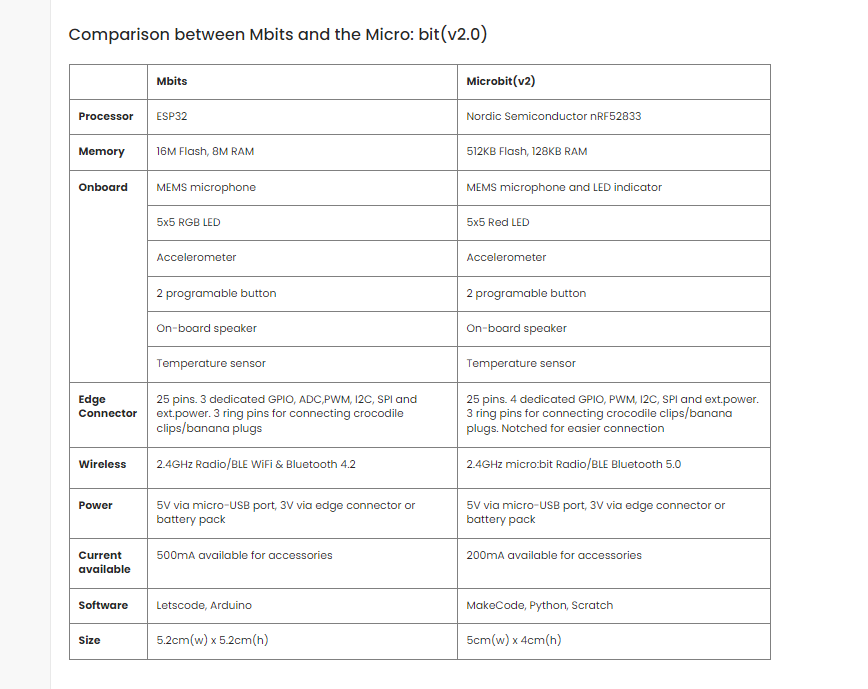
Mbits is an educational hardware based on ESP32-WROVER-B, which is lower in price than Micro:bit but has very powerful and complete functions. It is worth mentioning that we have designed a shield expansion board specially for Micro:bit, which is compatible with Mbits too.
Now, I will share two DIY projects made by Mbits and this base shield!
Let's go!

The first DIY project---Automatic deposit robot
List of main materials used:

Working principle/process introduction:
Using the logic of metal coin conduction, when a coin falls between two pieces of tin foil, the circuit is turned on, triggering the rotation of the steering gear to drive the movement of the wooden arms, pour the coin into the automatic deposit robot, and record the number.
The numbers on the Mbits matrix will change with the number of coin insertions. The specific description is that whether you put one coin or multiple coins at a time, the number displayed on the matrix only represents the number of coin insertions, and has nothing to do with the number of coins.
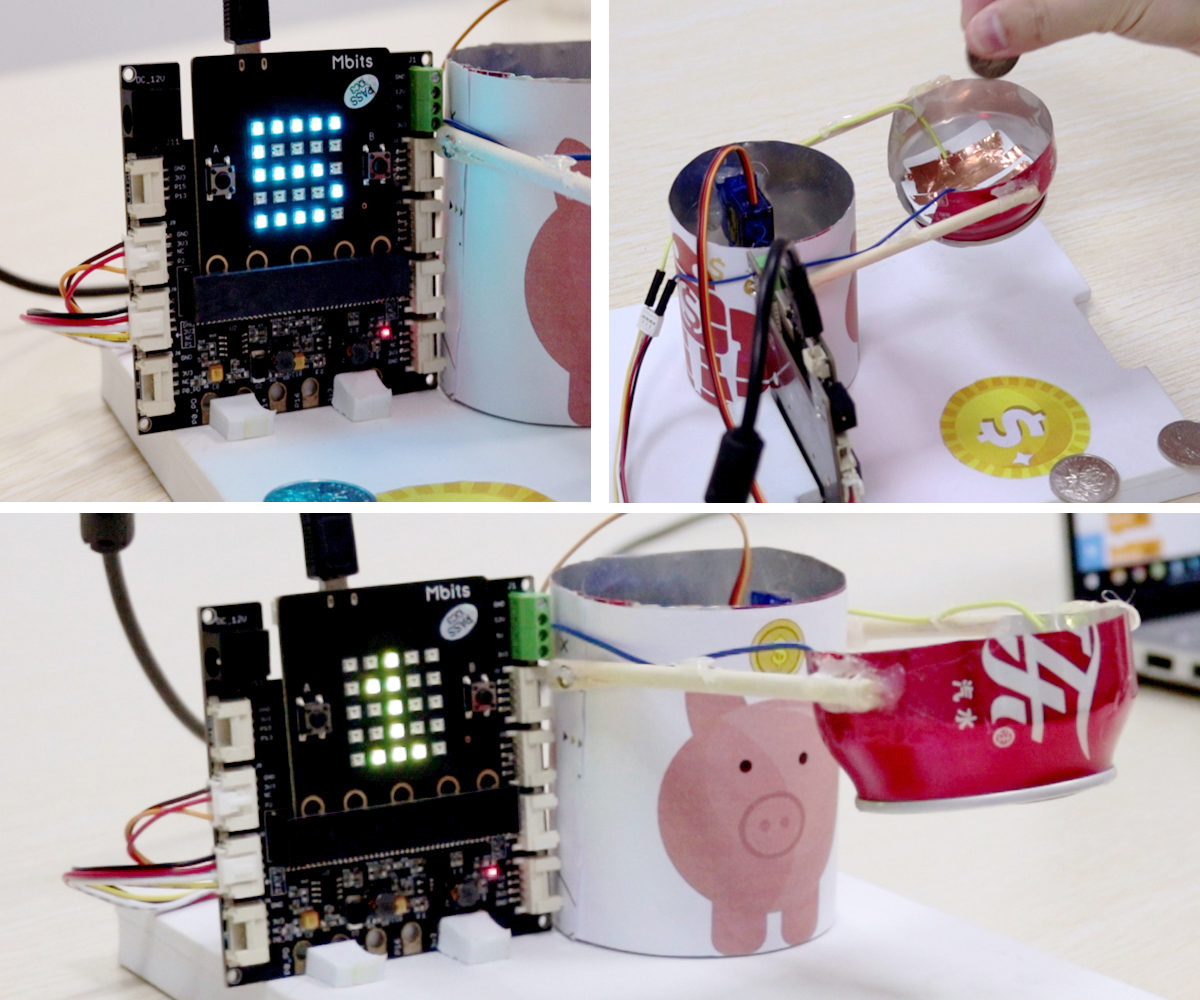
The second DIY project---Drink water reminder
List of main materials used:

Working principle/process introduction:
This project uses an IR reflective sensor for distance measurement. In the project time setting, each time you press the button, it means that the set time is one minute. In the demonstration video of this project, we have pressed the button 10 times, which means we will be reminded to drink water after 10 minutes. According to this principle, you can set the reminder time you want, and the number on the Mbits matrix will increase with the number of times the button is pressed, so you can intuitively see the reminder time you set.
After manually setting the reminder time, place the water cup directly above the sensor. If the reminder time is up and the cup has not been picked up, the system will sound an alarm to remind us to drink water.

I believe the two DIY projects shared above will give you a deeper understanding of Mbits--- the best alternative to Micro:bit.
If you want to know more about the production process of the above two projects, please visit our official forum:
https://forum.elecrow.com/discussion/158/the-best-micro-bit-alternatives-mbits/p1?new=1
